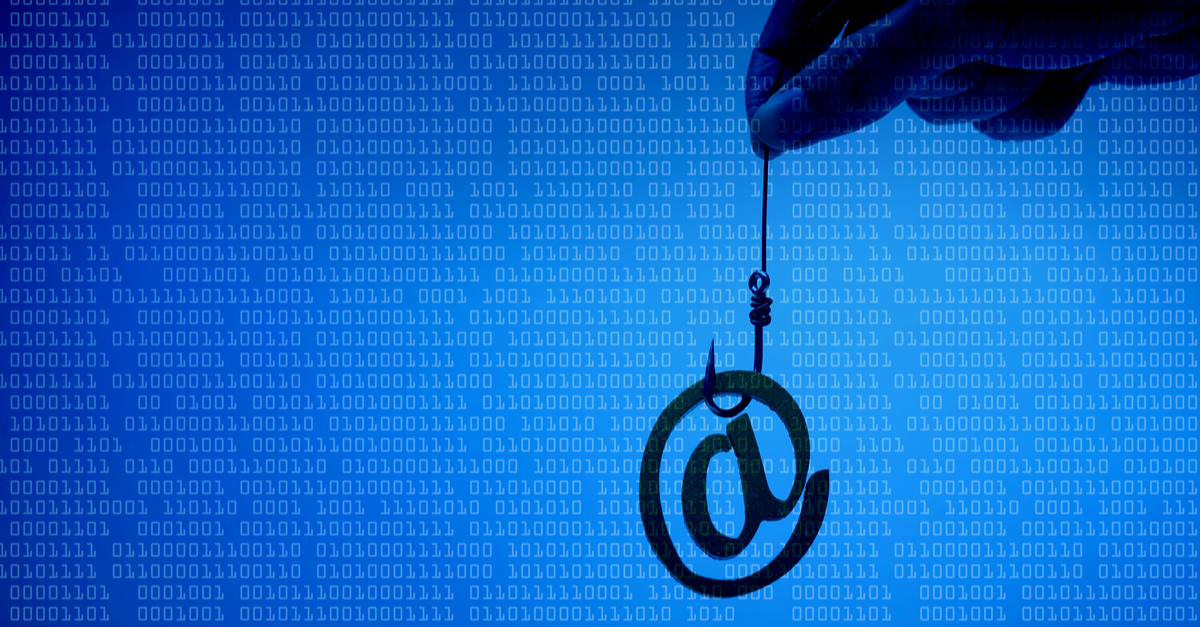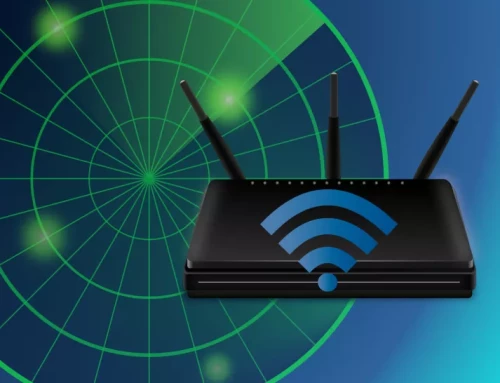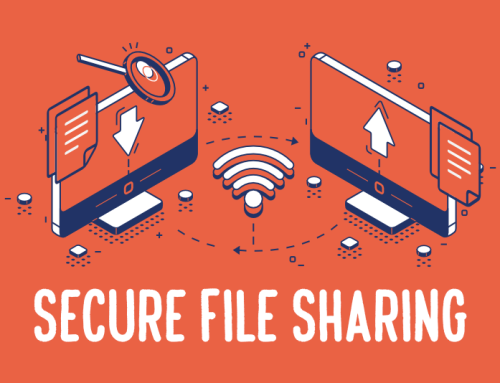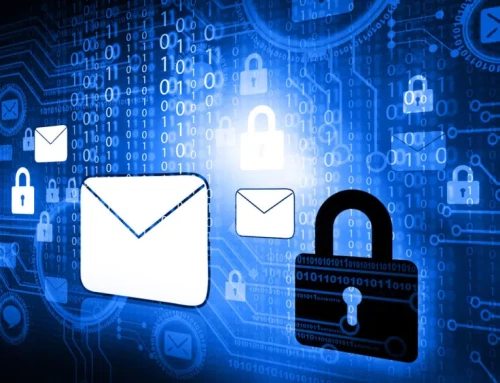Anti-phishing
Anti-phishing the threat of cybercrime looms large in the digital age, where our lives are becoming more and more entwined with technology. Phishing is one of the most common and harmful types of cyberattacks. Attacks using Anti phishing have advanced, now going after people, businesses, and even governments. This article aims to highlight the risks associated with Anti phishing and offer helpful advice on how to safeguard yourself from such attacks.
What is Phishing?
Cybercriminals use phishing, a malicious technique, to trick people into disclosing sensitive information like passwords, credit card numbers, or personal identification numbers (PINs). These attackers typically pose as trustworthy organizations, like banks, social media platforms, or well-known corporations, and employ deceptive strategies to trick victims into disclosing their private information.
Recognizing Phishing Attempts:
Email spoofing: Pay attention to the email address of the sender. Phishing emails frequently employ misleading tactics, such as slightly misspelled or altered email addresses that look authentic. Before responding or sending any information, always verify the email address.
Phishing emails frequently use urgency and fear tactics to elicit a sense of urgency or panic and prompt a quick response. They might threaten you with dire repercussions if you don’t act right away, pressuring you to open malicious links or download dangerous attachments. Be wary of such strategies and restrain your impulsive behavior.
Suspicious URLs: Before clicking on links in emails or messages, hover over them to see the full URL. Phishing attempts might lead you to fake websites intended to steal your login information or infect your device with malware by using deceptive links. By anti phishing contrasting URLs with official websites or performing an online search, confirm the legitimacy of the URLs.
Phishing emails frequently have grammatical errors, spelling mistakes, or awkward sentence structures. Professional communication standards are typically upheld by legitimate organizations. If you find such mistakes, proceed with caution and carefully review the email.
Protecting Yourself Against Phishing Attacks:]
Maintain Vigilance: Be watchful and cautious when using the internet and opening emails, particularly those that ask for personal or financial information. Even if they seem to come from well-known sources, be wary of unsolicited messages.
Two-factor authentication (2FA) should be enabled: When you can, use 2FA to add an additional layer of security. Before using this feature, you must provide an additional form of identification, such as a special code sent to your phone.
Educate Yourself: Keep up with current phishing tactics and telltale signs of phishing attempts. To protect your online presence, stay up to date on cybersecurity best practices.
Install trustworthy antivirus and anti-malware software on your devices. These tools can offer real-time malware protection while also assisting in the detection and blocking of phishing attempts.
Be Wary of Personal Information Requests: Reputable businesses rarely send emails or text messages requesting sensitive information. If in doubt, get in touch with the company directly through their verified contact information on their official website.
Phishing attacks continue to pose a serious threat to people and businesses everywhere. You can significantly lower your risk of becoming a victim of such attacks by becoming familiar with the typical warning signs of phishing attempts and implementing preventative security measures. Remember that you are responsible for your own online safety. Keep an eye out, exercise critical thinking, and safeguard your personal data.






